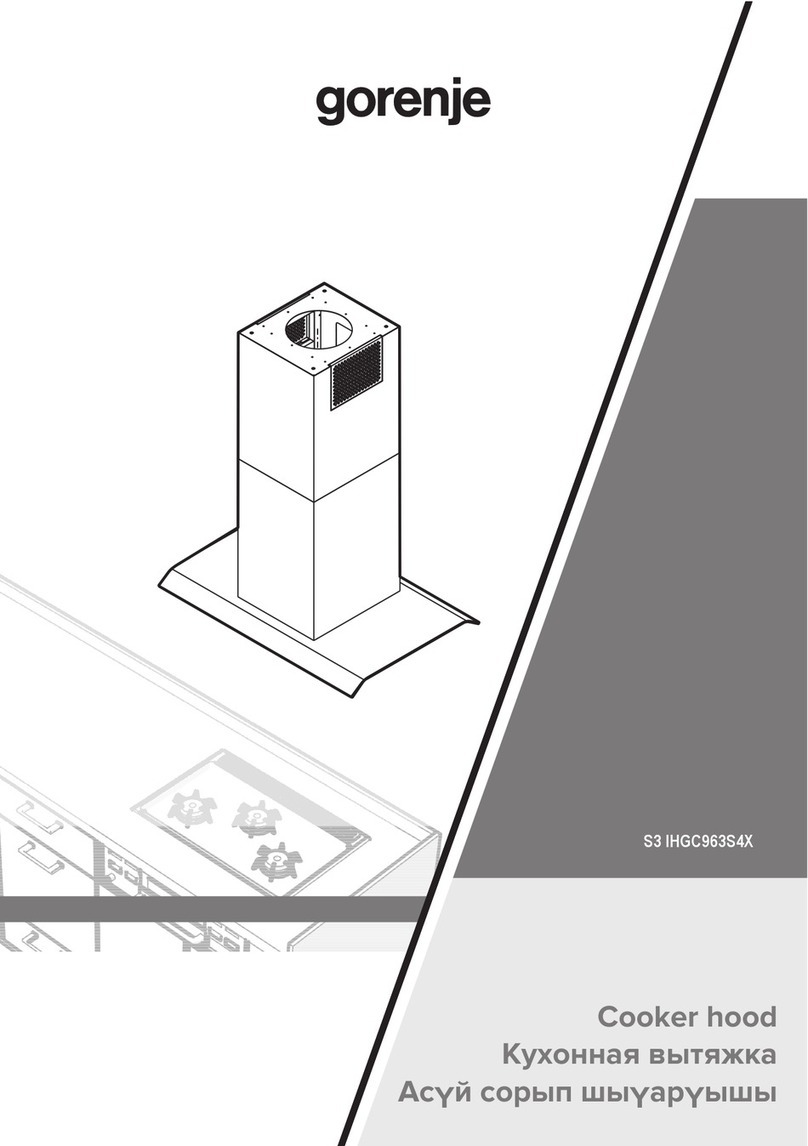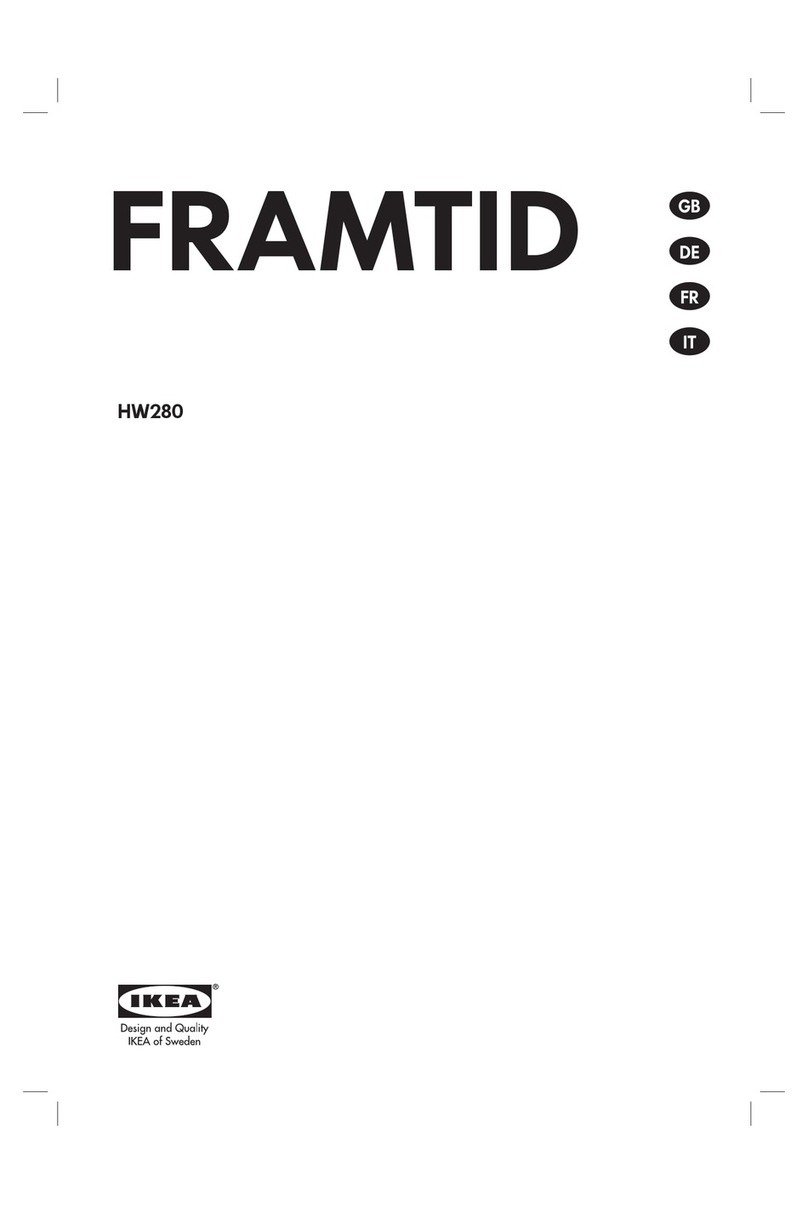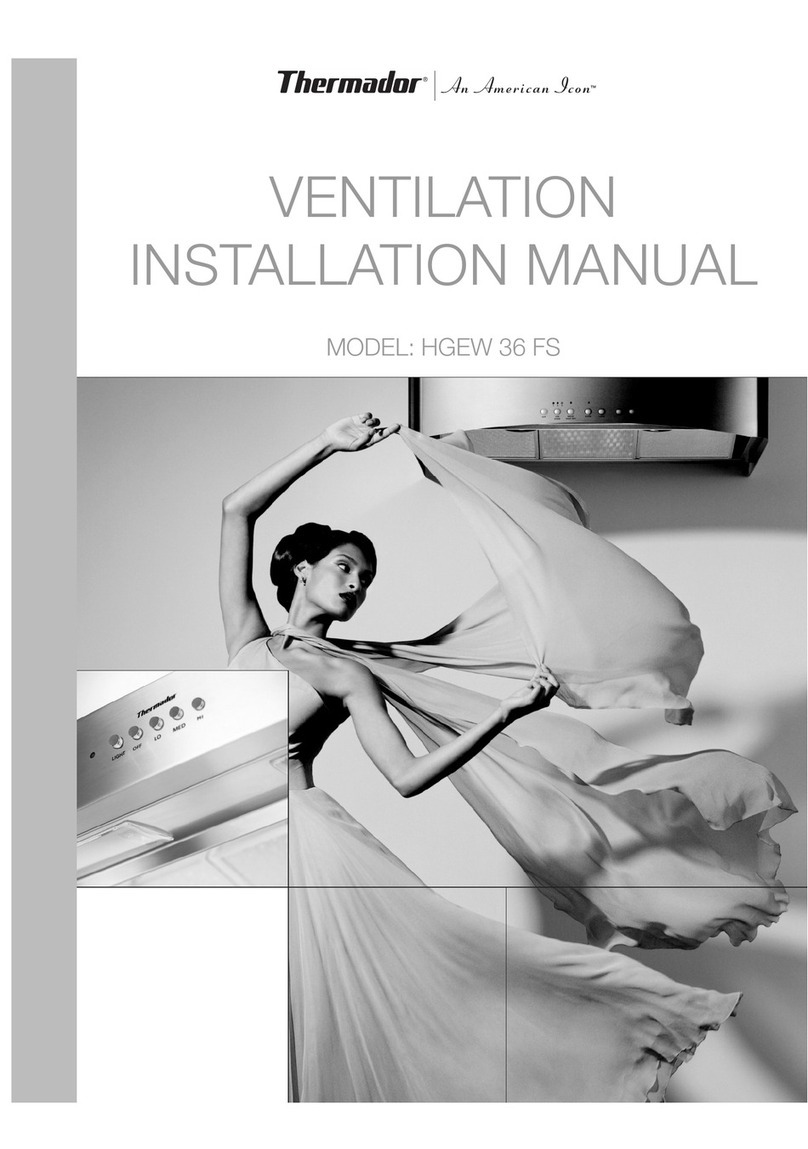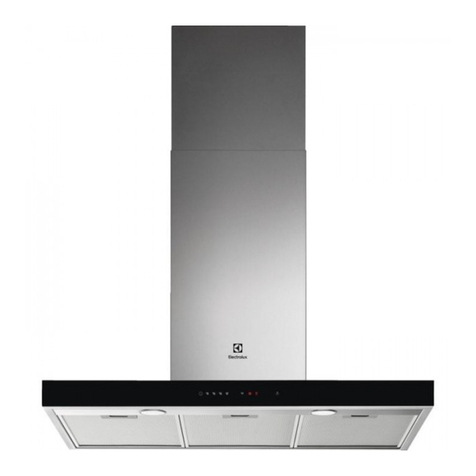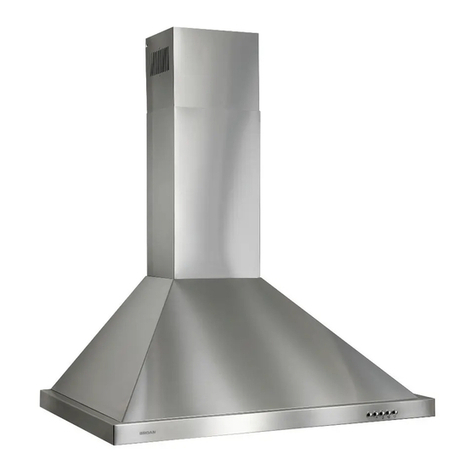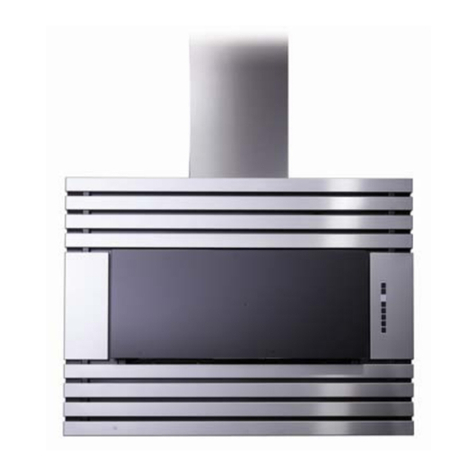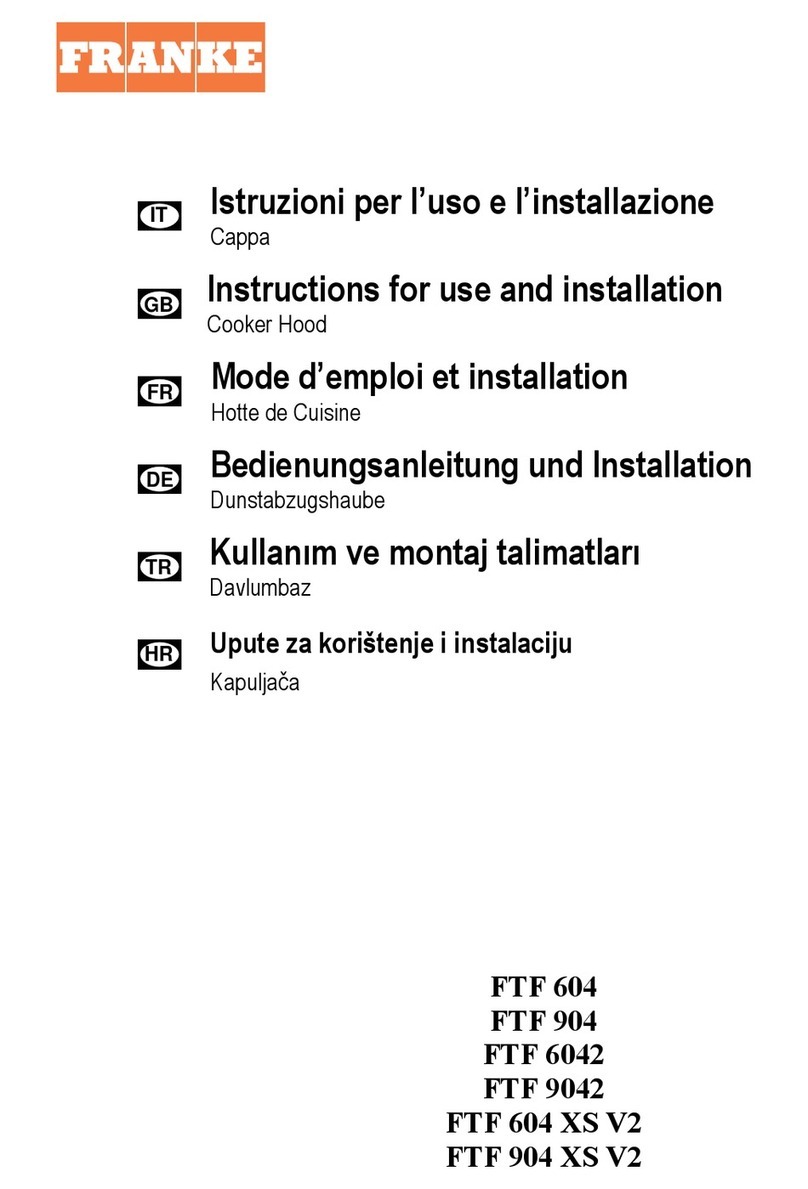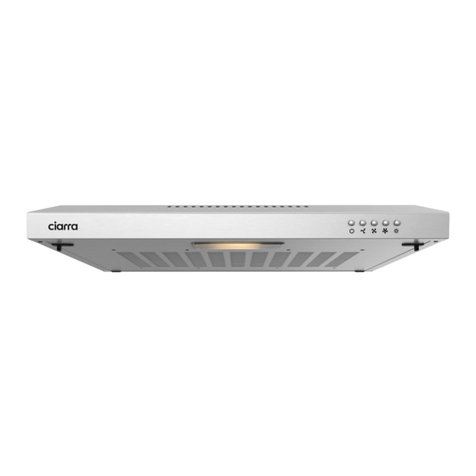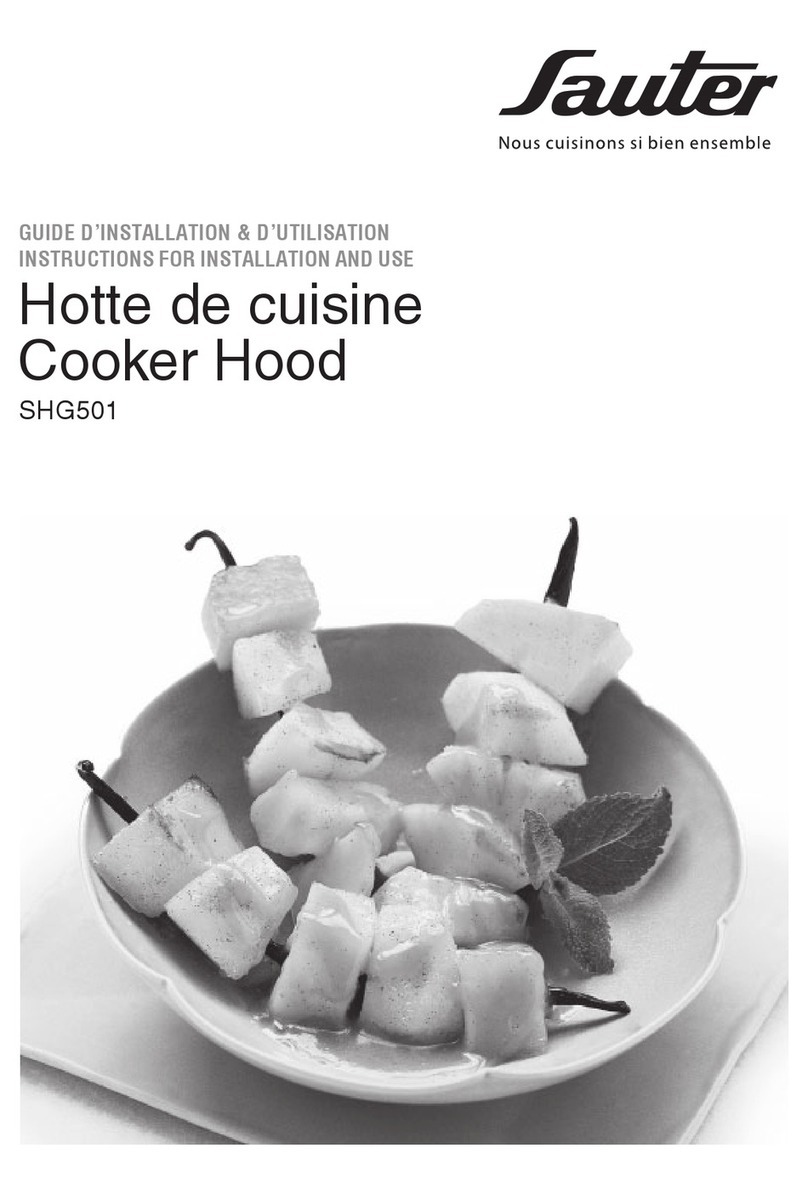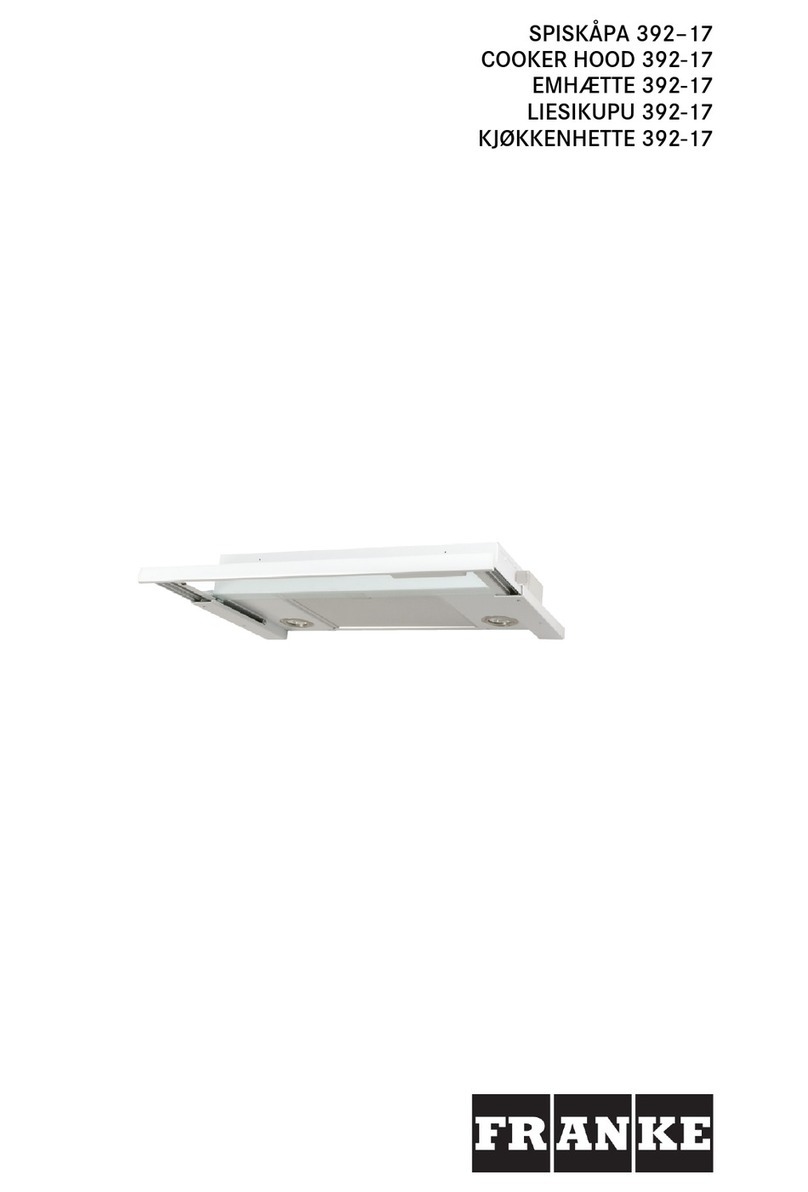5
3.0
INSTALLATION
INSPECT THE CONTENTS OF THE BOX
• Inspect the exterior of the unit for shipping damage. Ensure that there is
no damage to the door, door latches, door hinges, dampers, duct
collars, cabinet, etc.
• Inspect the interior of the unit for damage. Ensure that the fan motor
assembly, heat recovery core, insulation, dampers, damper actuator,
and drain pan are all intact.
• If the unit was damaged during shipping, contact your local distributor.
(Claim must be made within 24 hours after delivery).
• Use checklist included with the unit to ensure that no parts are missing.
3.1 Locating and Mounting the Unit
Choose an appropriate location for the unit:
• Within a heated area of the house (10°C / 50°F or
more), usually the basement (in a furnace room, a
laundry room, etc).
• Away from living areas (dining room, living room,
bedroom), if possible.
• So as to provide easy access to the interior cabinet
and to the control panel on the side of the unit.
• Close to an exterior wall, so as to limit the length of the
insulated flexible duct to and from the unit.
• Close to a drain. (If no drain is close by, use a pail to
collect run-off.)
• Away from hot chimneys, electrical panel and other
fire hazards.
• Allow for a power source (standard outlet).
Hang the unit with the 4 chains and springs provided (see figures 5 and 6).
VD0037
VD0038
figure 5
figure 6
CAUTION
Make sure the unit is level.
3.2 Planning of the Ductwork
a) Follow the instructions in section 3.3 below to determine the appropriate
duct diameters for your system.
b) Keep it simple. Plan for a minimum of bends and joints. Keep the
length of insulated duct to a minimum.
c) Do not use wall cavities as ducts. Do not use branch lines smaller than
4”(102 mm) Ø.
d) Do not ventilate crawl spaces or cold rooms. Do not attempt to recover
the exhaust air from a dryer or range hood. This would cause clogging
of the recovery core. Use sheet metal for the kitchen exhaust duct.
e) Be sure to plan for at least one exhaust register on the highest lived-in
level of the house if it has 2 floors or more.
